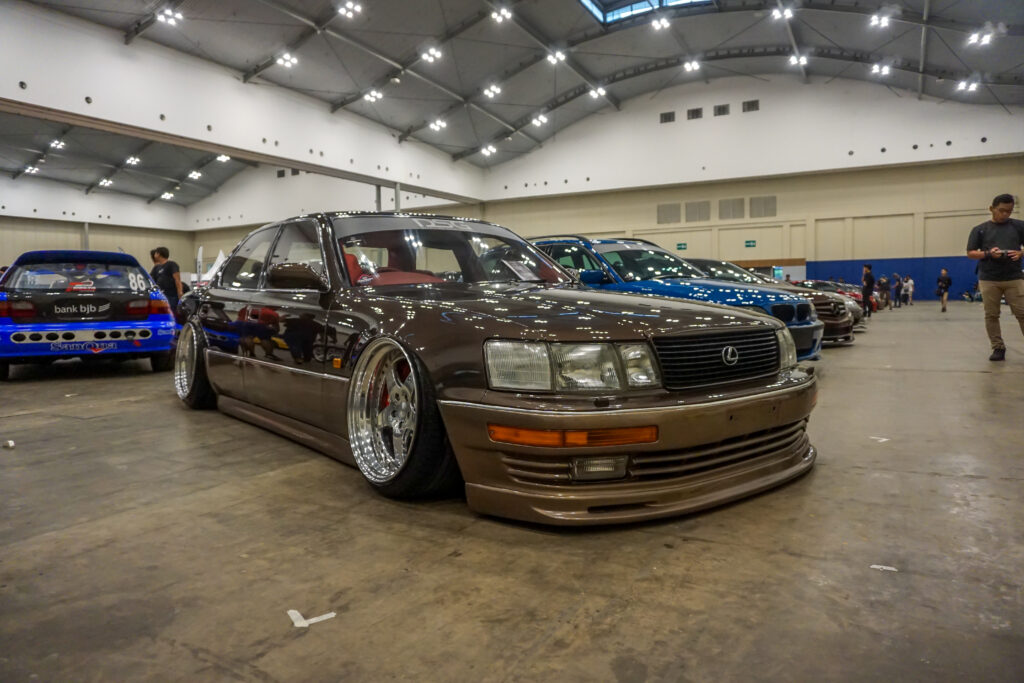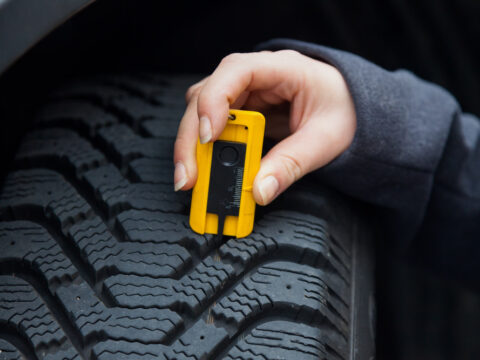American-made pickup trucks still dominate US auto sales (try tearing a Texan away from his Ford F-150), but 38.5% of vehicles sold stateside in 2021 have roots in Japan. Car and Driver’s list of the 25 bestselling vehicles in 2022 included 13 Japanese brands—that’s just over half. But this wasn’t always the case.
It took dedication, rebellion, and an American smog problem for Japanese cars to gain popularity in the United States auto market. Let’s go back to when it all began, the 1970s.
Contents
History held a grudge
America in the 1970s was a time of civil unrest, political turmoil, environmental crisis, and scary high inflation rates. Sounds familiar right? One main difference between then and now is that in 1970, Japanese cars had almost no visibility in the US.
In 1958, Toyota and Datsun (better known as Nissan) tiptoed into the American auto game. Toyota managed to sell 287 units of their compact sedan the Toyopet Crown, as well as a single Land Cruiser. Datsun’s PL210 model debuted under the name Datsun 1000—83 were sold that year.
This wasn’t the first time Americans had a hard time warming up to the idea of driving a car produced by their World War II foes. When the Volkswagen Beetle made its US debut in 1949, two of them were sold. But in the 70s, the United States had an unignorable pollution problem—and the powers that be vowed to do something about it.

Japanese cars: a solution to pollution?
American buyers initially dismissed Japanese auto offerings as tiny and unsafe, and they weren’t totally off the mark. As a chain of environmental issues began to unfold in the late 60s and early 70s—think nuclear disaster and urban smog, the US began the process of adopting new emissions standards on vehicles. These new regulations worked in tandem with 1969’s National Environmental Policy Act and 1972’s Clean Water Act. The Environmental Protection Agency (EPA) was established in 1970.
To top it all off, America also faced a nationwide gas shortage in the 1970s. Between tightened emissions restrictions and a limited gasoline supply, the country found itself in dire need of an evolved automobile, and Japan answered the call.
The truth was, Japan was reckoning with its own environmental problem—much of it in the form of mercury poisoning and lung disease caused by massively polluted water and air. When it came to auto manufacturing, one area where Japan differed from the United States was their use of high-compression engines and fuel injection across a wide range of vehicles. In America, these mechanical upgrades—which made vehicles expend less energy, thereby emitting fewer pollutants—were reserved for high-end cruisers or muscle cars like the Cadillac Seville and Chevrolet Corvette.
Japan caught wind of the United States’ shifting emissions policies and saw opportunity. At first, the Japanese Ministry of Internation Trade and Industry (MITI) thought it would be easier to infiltrate the US market if they combined Japan’s ten main car brands into two conglomerates: Toyota and Nissan. Upon hearing this, Honda and Mazda said “no way” and began perfecting fuel-efficient engines which they put inside affordable automobiles. Subaru, Isuzu, and Mitsubishi followed suit.

The new role models
It didn’t take long for America’s auto giants to realize that Japanese cars had a promising future. The 1970s saw Ford partner up with Mazda, who began producing their rotary-engined vehicles for the classic American brand. In 1971, Chrysler imported and sold Mistubishi cars rebadged as Dodge and Plymouth models. Honda was given huge tax incentives to build cars and motorcycles in Ohio, Buick teamed up with Isuzu, and so on.
The two nation’s decision to combine forces was mutually beneficial. America was proving it could deliver affordable, reliable vehicles that wouldn’t destroy Mother Earth and Japan finally got the foothold in the US auto market they always wanted—and never let it go.
To Infiniti and beyond
By 1980, nearly two million Japanese cars were being sold in the US and demand stayed high. In the 80s Toyota, Nissan, and Honda launched all-new luxury nameplates: Lexus, Infiniti, and Acura respectively.
As the 1990s rolled in not only did Japan make Toyota Corolla the best-selling vehicle of all time, but they also gave the Europeans some healthy competition on the luxury end—an arena Western Europe dominated for the better part of a century.

What does the future look like? Japan’s respected reputation shows no signs of wavering—they’ve kept up with or trailblazed every vehicle trend, be it self-driving cars, hybrids, or EVs. When an American wants to buy a car, Japan is ready.














